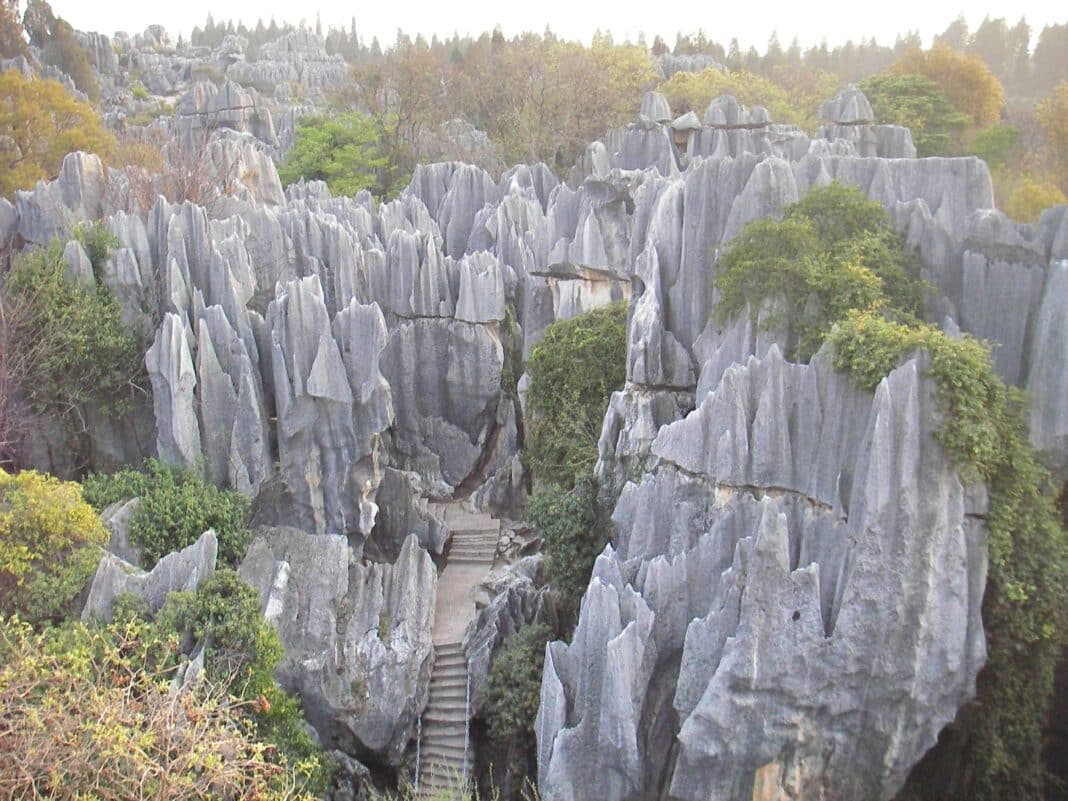Forestry is amongst the industries most impacted by the push towards technology and automation.
Now, scientists from the University of Córdoba are using remote sensing, satellite data and field data to map more forest disturbances caused by insects and diseases across Europe.
It comes as Wood Central reported in September that researchers from Purdue University are successfully using AI and machine learning to map the total planted forest area across East Asia.
The new database, known as the Database of European Forest Insect and Disease Disturbances (the DEFIDZ), is the first unified European registry developed by the European Commission’s Joint Research Centre (JRC).
It uses Landsat Normalized Burn Ratio time series satellite data, an index sensitive to changes in vegetation, to see the onset, duration and magnitude of the disturbance and has been developed over ten years.
Most importantly, it develops a “common language for all the scenarios of Europe’s forests,” according to José Luis Quero, a researcher from the University of Cordoba and a member of the JRC.
Now, the eight participating European countries can translate their records into the common language and make them available to the entire community via this open tool.
According to Rocío Hernández, who co-authored the study, “We worked for months to record disturbances in the different countries and regions.”
He said the aim was to develop “a more simplified, but very robust, common database, one that greatly minimises subjectivity, and that we tested with data from the different countries.”
They said forest damage caused by insects and diseases is increasing in many parts of the world due to climate change as reductions in plants’ defence mechanisms, “induced by global warming, seem to contribute to forests’ increased vulnerability to the incidence of pathogens and diseases.”
These disturbances jeopardise many of the beneficial effects that forests offer the world, such as carbon sequestration, the regulation of water flows, wood production and biodiversity conservation.
“Having a complete and harmonised map of what these disturbances are and have been in Europe is essential to understanding and anticipating future incidents, thus protecting forests and their advantages,” the researchers said.
The database contains more than 650,000 harmonised georeferenced records, mapping insects and diseases occurring between 1963 and 2021 in European forests – with data acquired through land surveys and remote sensing techniques.
“Importantly, the harmonised protocol allows anyone to supply the database. This way, we can expand the number of affected areas to increase the power of predictive models and reduce levels of uncertainty,” according to Mr Quero.

Wood Central understands a set of qualitative attributes, including the severity and patterns of damage, pathogens, host tree species, climate-driven triggers, and silvicultural practices, which are recorded in the database.
In addition, “there is an exciting component: this is the first database that connects with remote sensing data,” Mr Hernández said.
In addition to taking into account spatial and temporal patterns, there is a third important level of information: the interaction between factors.
According to Mr Quero, the damage caused by pathogens and diseases is biotic damage (internal of living organisms), but they have an abiotic history (external factors). That is, the information on biotic damage is cross-checked with environmental events, such as drought, wind and fires.
“Both factors can be detected by remote sensing, and the relationship between the two is analysed, both past and future, interdict whether certain environmental conditions can be a breeding ground for a new disease or the development of a pathogen,” the researchers said.






